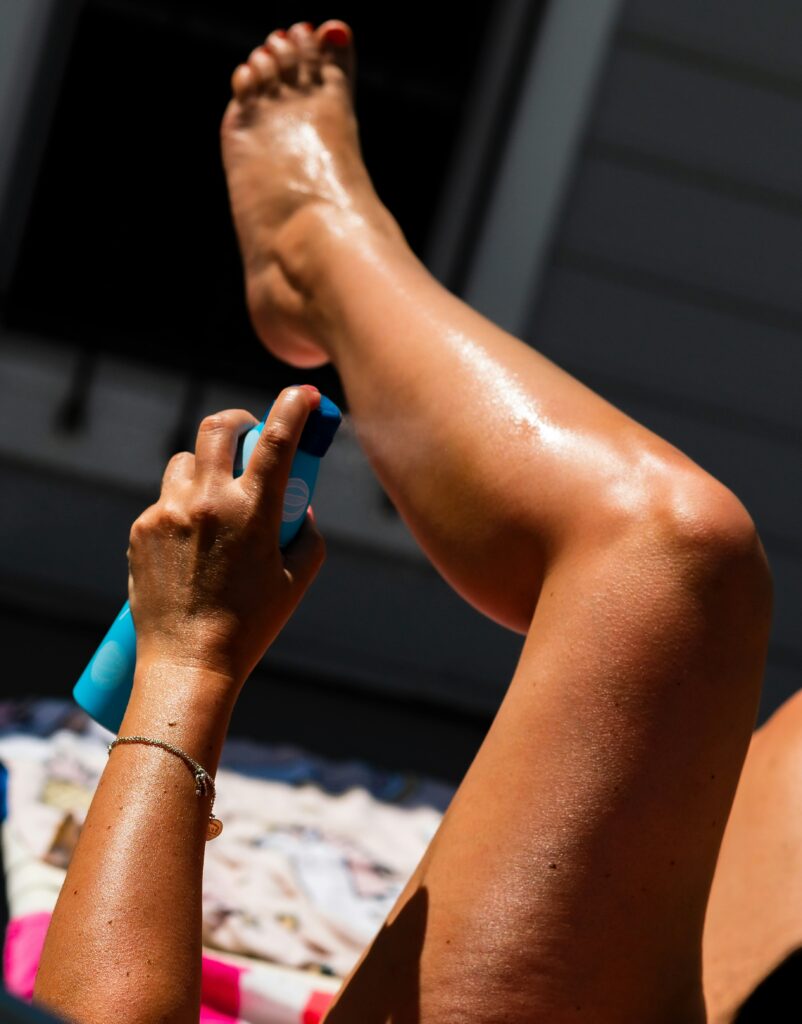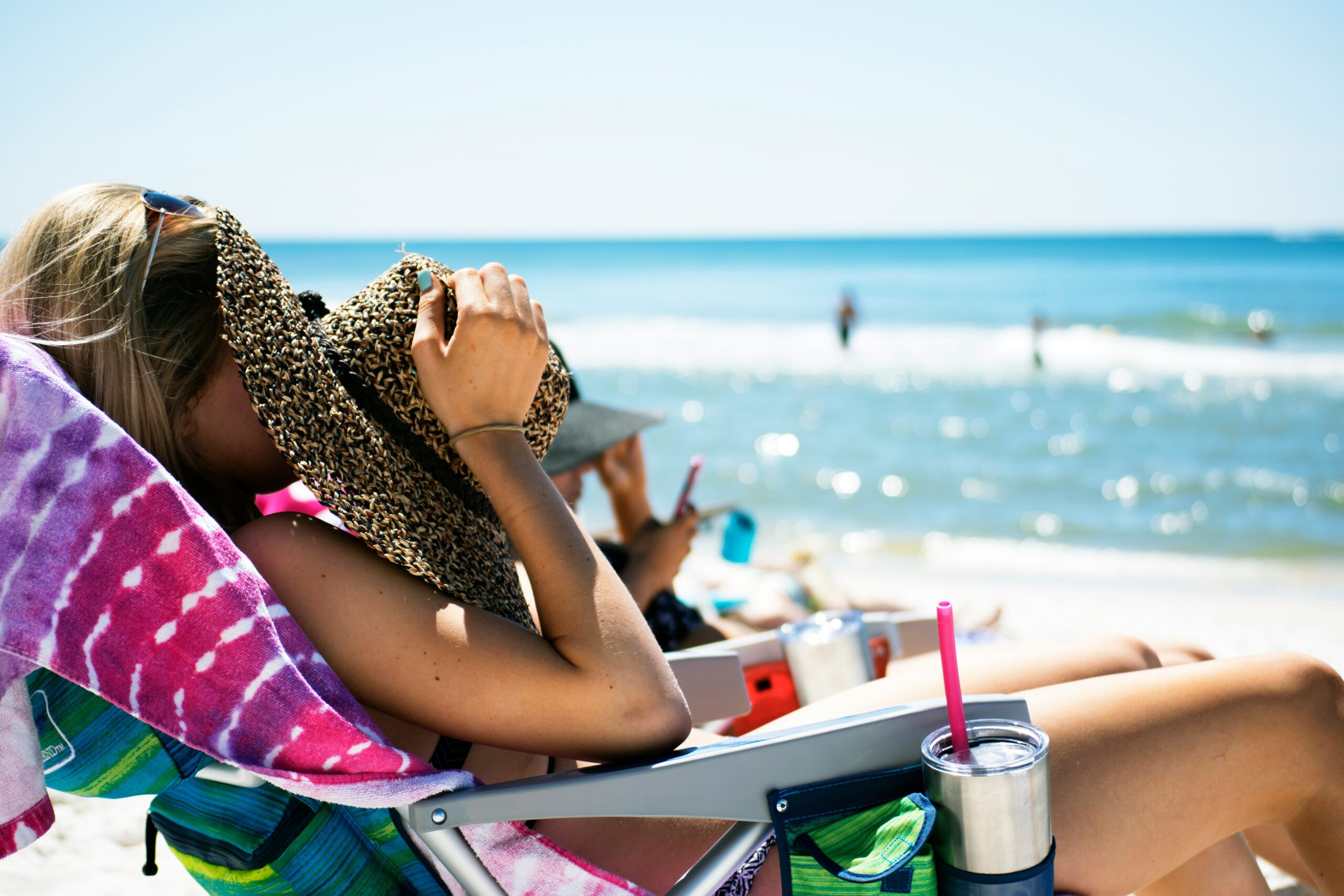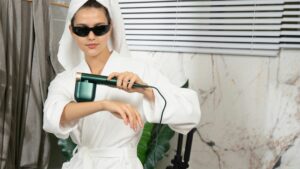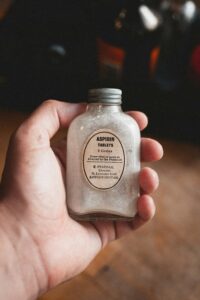Many people love having a tan. It gives the skin a warm, healthy glow and can boost self-confidence. Whether it’s a natural tan from the sun or a tanning bed, people often believe tanning is harmless or even good for their skin. But is that true? The truth is, that tanning—especially from UV radiation—can seriously harm your skin.
This article will explain what happens to your skin when you tan, the risks involved, how to protect yourself, and safe alternatives if you want that golden look without damaging your skin.
What Is Tanning?

Tanning is your skin’s natural defense against ultraviolet (UV) radiation. When your skin is exposed to UV rays from the sun or tanning devices, special cells called melanocytes produce more melanin. Melanin is the pigment that gives skin its color. This increased melanin darkens your skin to protect it from further UV damage.
However, the tan itself means your skin has been damaged. UV rays penetrate the skin and damage the DNA in skin cells, which can lead to mutations and skin cancer over time.
To understand UV radiation better, visit the Skin Cancer Foundation’s UV Radiation Page.
Types of UV Radiation and How They Affect Your Skin
Two main types of UV radiation affect your skin:
- UVA rays: These rays penetrate deep into your skin. They cause aging, and wrinkles, and contribute to skin cancer risk. UVA rays are used in tanning beds.
- UVB rays: These affect the skin’s surface and cause sunburn. UVB also contributes to skin cancer.
Both UVA and UVB rays damage your skin and increase the risk of skin cancer. That’s why broad-spectrum sunscreen protects against both.
Natural Sun Tanning vs. Tanning Beds
Natural Sun Tanning
Spending time outdoors in the sun leads to natural tanning. The sun emits both UVA and UVB rays. While some sun exposure helps your body produce vitamin D, too much can cause skin damage. Factors like time of day, cloud cover, and geographic location affect UV intensity.
Tanning Beds
Tanning beds use artificial UVA and UVB rays to tan the skin quickly. However, tanning beds often emit stronger UV rays than the sun, increasing the risk of skin damage and cancer. The World Health Organization has classified tanning beds as carcinogenic.
Using tanning beds before age 35 increases melanoma risk by 75%.
What Happens to Your Skin When You Tan?
When your skin is exposed to UV radiation, the following happens:
- DNA Damage: UV rays penetrate the skin and damage the DNA in skin cells. This damage can cause mutations that may lead to cancer.
- Melanin Production: Your body produces melanin to protect deeper skin layers. This darkens your skin, resulting in a tan.
- Inflammation: Overexposure causes sunburn—redness, pain, and peeling—indicating skin injury.
- Collagen Breakdown: UV rays break down collagen and elastin, which keep your skin firm and elastic. This causes premature aging.
Risks of Tanning
Skin Cancer
Skin cancer is the most serious risk of tanning. It is the most common cancer worldwide. UV exposure is the main cause.
Types of skin cancer include:
- Basal cell carcinoma: Usually appears as a shiny bump or sore that won’t heal.
- Squamous cell carcinoma: A red, scaly patch or sore.
- Melanoma: The deadliest form, often appearing as a new or changing mole.
Early detection is critical. Check your skin regularly and see a doctor if you notice suspicious spots.
Premature Aging
Repeated tanning speeds up skin aging. It causes wrinkles, leathery skin, and dark spots known as age spots or sun spots. This process is called photoaging.
Eye Damage
UV rays can harm your eyes and increase the risk of cataracts, macular degeneration, and other eye diseases. Always wear UV-protective sunglasses when outside.
Immune System Suppression
Excessive UV exposure can weaken your immune system. This makes it harder for your body to repair skin damage and fight infections.
Is There Such a Thing as a Safe Tan?
There is no safe tan from UV exposure. Any darkening of your skin means your skin has been damaged.
How to Protect Your Skin from Tanning Damage
Use Sunscreen
- Choose a broad-spectrum sunscreen that protects against UVA and UVB rays.
- Use an SPF of at least 30.
- Apply generously 15 minutes before sun exposure.
- Reapply every two hours, and after swimming or sweating.
Avoid Peak Sun Hours
Stay out of direct sunlight between 10 a.m. and 4 p.m., when UV rays are strongest.
Wear Protective Clothing
Long sleeves, hats, and sunglasses help protect your skin and eyes.
Avoid Tanning Beds
Tanning beds significantly increase your risk of skin cancer and should be avoided.
For sunscreen tips, see the American Academy of Dermatology’s Sunscreen Guide.
Safe Alternatives to Get a Tan Look Without UV Damage
Self-Tanning Products
These creams, sprays, and lotions use dihydroxyacetone (DHA) to temporarily darken the skin’s surface without UV exposure. The color fades after several days.
Spray Tanning
Professional spray tanning applies DHA evenly for a natural-looking tan lasting about a week. It’s safe and effective.
Bronzing Makeup
Bringing instant warmth and glow, bronzers wash off easily and are a great UV-free option.
Caring for Your Skin After Tanning

If you tan naturally or with a product, take care of your skin:
- Moisturize daily to prevent dryness.
- Drink plenty of water.
- Exfoliate gently to remove dead skin cells and maintain a smooth look.
- Avoid harsh soaps that strip natural oils.
- Check your skin regularly for new or changing spots.
When to See a Dermatologist
If you notice:
- A mole that changes size, shape, or color
- A sore that doesn’t heal
- New growths or rough patches
See a dermatologist promptly.
Conclusion: Choose Skin Health Over a Tan
Tanning may be attractive, but it’s important to prioritize your skin’s health. UV radiation causes skin damage that can lead to cancer, premature aging, and other issues.
Protect your skin by limiting sun exposure, using sunscreen, and avoiding tanning beds. If you want a tan, choose safe alternatives.
Healthy skin is the most beautiful skin.






